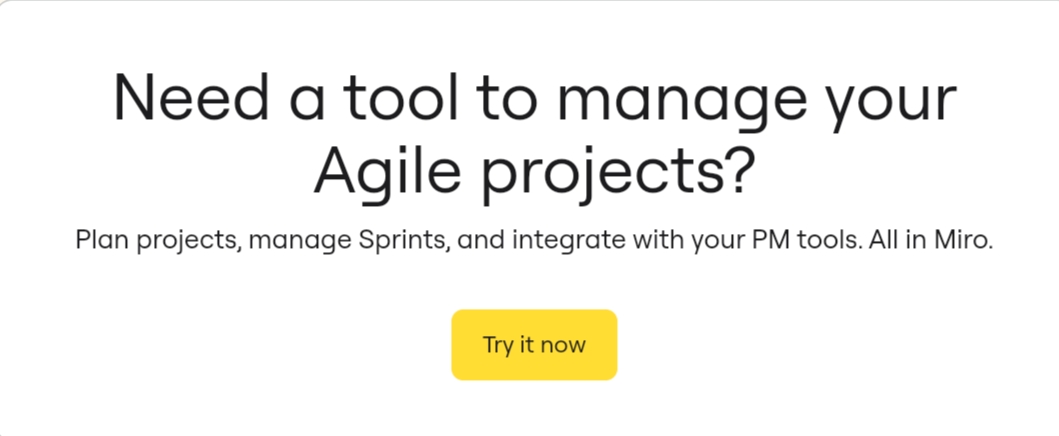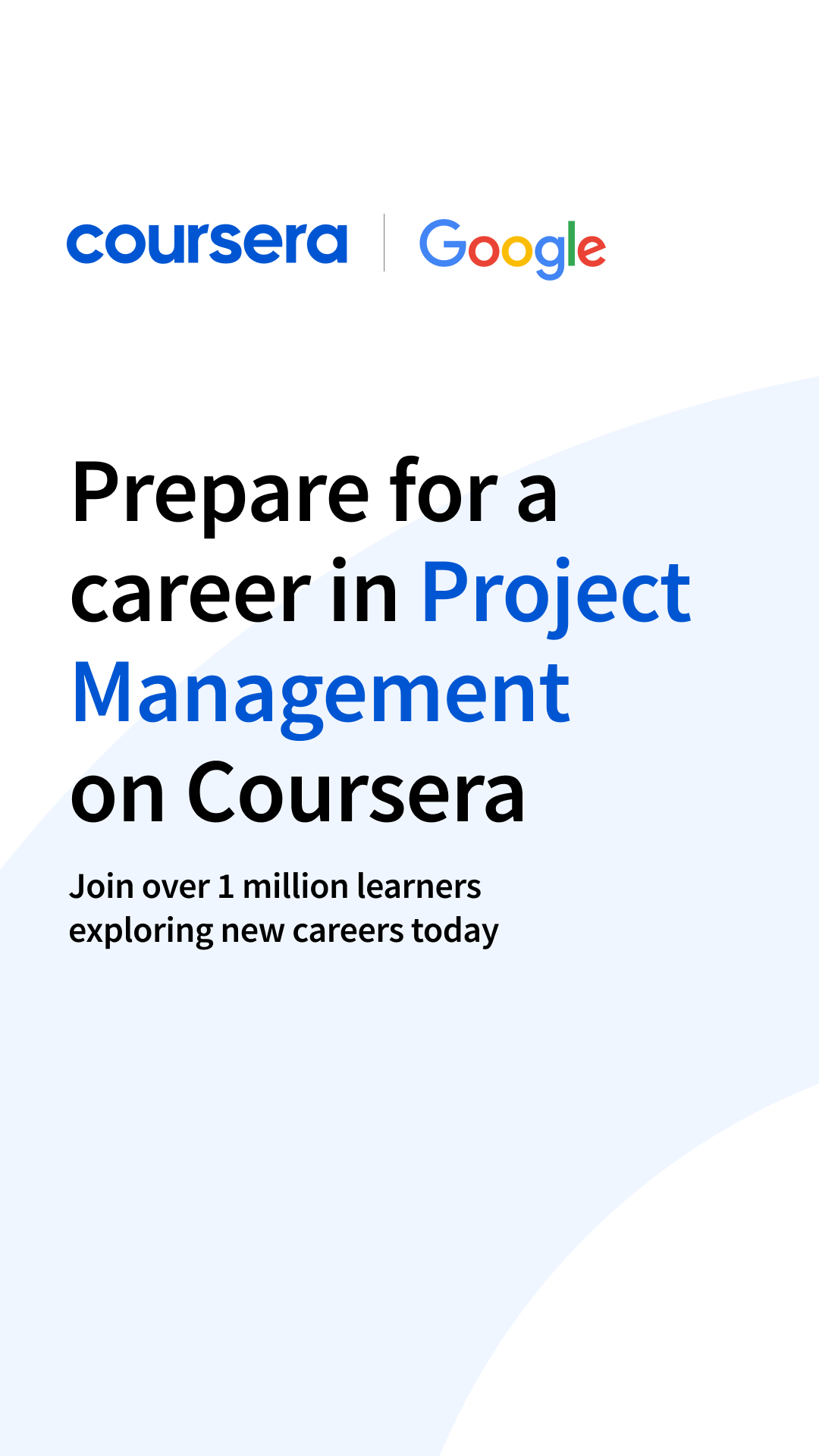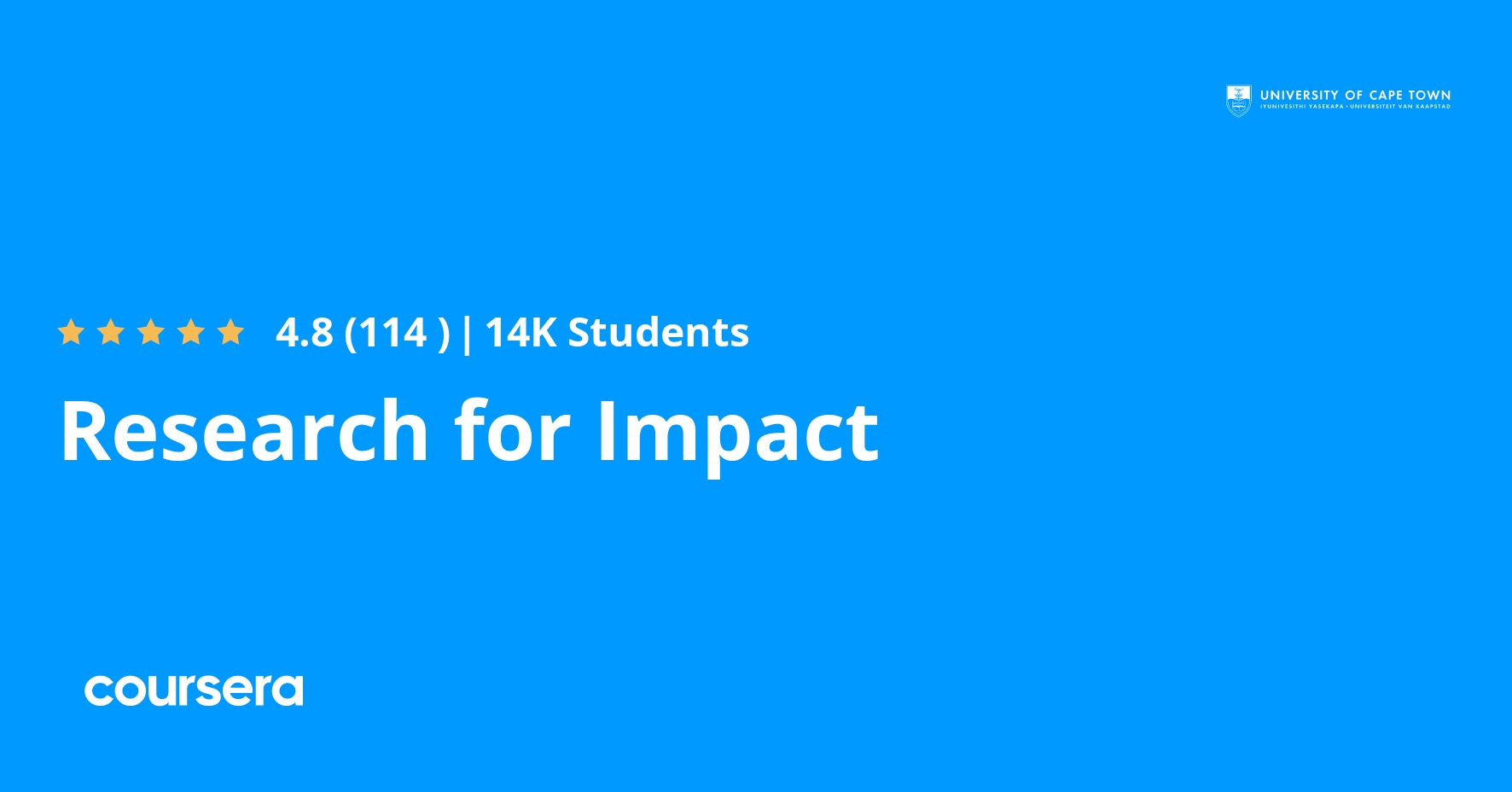Description
In this course, you will learn more about the Research for Impact approach – a set of principles and practices that will help you to make your research more impactful. Traditionally, the goals and outcomes of research projects were to contribute knowledge and communicate this knowledge through academic publications and journal articles. But If we truly want our research to have an impact, we need to do research differently. Research that influences change in policy, practice, behaviour and attitudes.
On this six-week journey, Jesse DeMaria-Kinney and Mark New share their experience of the Adaptation at Scale for Semi-arid Regions (ASSAR) Project, where they developed and refined the Research for Impact approach. They are joined by researchers and practitioners who followed this approach in their research. Together you will explore the five elements of the Research for Impact approach, i.e. Theory of Change; Stakeholder Engagement and Strategic Partnerships, Strategic Communication, Capacity Development; and Influencing. You will also get opportunities to hear from researchers and practitioners on the ground who followed this approach, and hopefully become inspired and equipped to incorporate these principles into your own research projects.
The course is free to enroll and take. You will be offered the option of purchasing a certificate of completion, which you become eligible for if you successfully complete the course requirements. This can be an excellent way of staying motivated! Financial Aid is also available.
What you will learn
Introduction to Research for Impact
Welcome to Research for Impact. We begin by introducing the Research for Impact approach and its elements. Then we look more closely at the ‘wicked’ problems that this attempts to tackle and the complex systems within which the work takes place. Transdisciplinarity is an important theme in the Research for Impact approach, and so we discuss its role in addressing wicked problems such as climate change adaptation. Chandni Singh and Hillary Masundire share their personal experiences around using the Research for Impact approach to bring change in their communities. We also hear from students, researchers and practitioners speak about how the Research for Impact approach was used in their own research projects.
Planning for Impact
In Research for Impact, we are always working towards some kind of positive change. But how does change happen in complex systems and how can we plan our research activities to bring about this change? This week, Marta Arranz from Oxfam, helps us explore these difficult questions and introduces us to the Theory of Change, Impact Pathways and other tools used for planning. Since projects do not always go to plan, we consider monitoring and evaluation as an important aspect of planning for change. We look at revisiting and adjusting our planned activities as we learn from experiences to improve and increase the impact of our research activities. Mark Tebboth and Alemayehu Zewdie share their experiences of doing research in East Africa and provide us with practical examples of how to plan for impact.
Engaging and Partnering
A key principle of the Research for Impact approach is that we move away from doing research ON people and start doing research WITH people. This encourages us to think carefully about how we can most effectively engage with those affected by, or who may influence the outcomes of our research. How can we develop partnerships that will move us closer to achieving our research goals, and what are the considerations for identifying stakeholders? This week, Daniel Morchain who is the Senior Advisor in Climate Change Adaptation and Resilience at Oxfam leads us though considering these questions and more. We also learn about different methods of engagement and what we can gain from these processes. Daniel also discusses the challenges and opportunities of working with issues of powers and politics and what sensitivities we need to be aware of when engaging with diverse groups of stakeholders. For a more practical perspective, Prince Ansah from the University of Ghana and Chandapiwa Molefe from the University of Botswana, share valuable insights from their experiences working with stakeholders and forming important partnerships to achieve their research goals. As you may have gathered, using the research for Impact approach also comes with challenges and we hear from researchers and practitioners about how they addressed some of these challenges in their own research projects.
Communicating for Impact
Different stakeholders have different languages, cultures, and interests and so we need diverse communication approaches in order to effectively communicate with them. In this week, communications expert Prathijna Poonacha Kodira, who is a consultant for the Indian Institute for Human Settlements, explores the process of moving beyond research dissemination and using the information and evidence that we have to deliver impactful messages to various stakeholders. We learn how to develop communications strategies with impact in mind by asking five simple questions: Why, Who, What, How and When. Prathijna also introduces the important roles that knowledge brokers play in ensuring that research findings reach the right people at the right time in a language and format that they can use. This week’s case study is led by Kwasi Appeaning Addo, who demonstrates how using drone footage of floods in Ghana has not only been an effective form of communicating research findings but has also influenced change.









